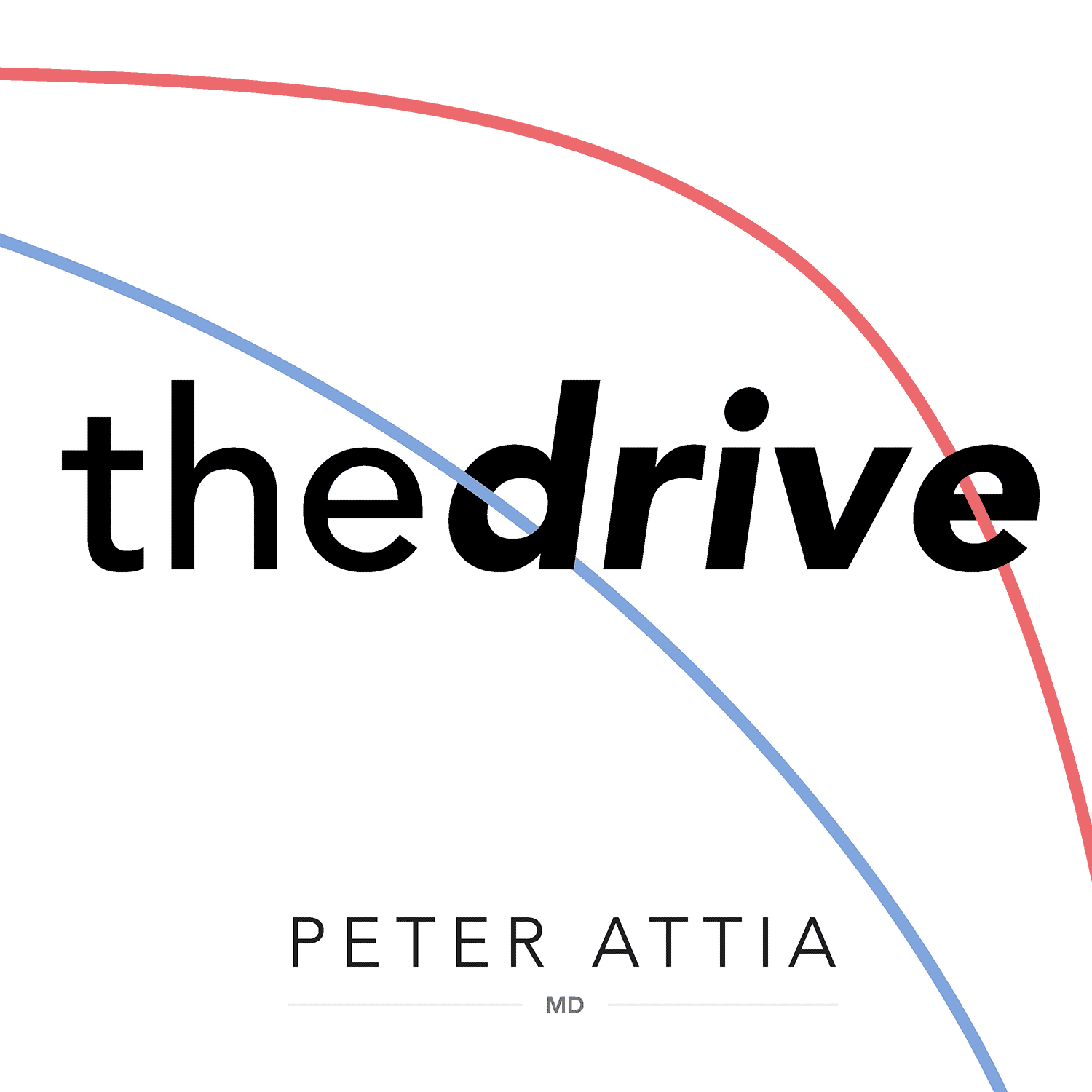
December 30, 2024 • 2hr 19min
Building & Changing Habits | James Clear (#183 rebroadcast)
The Peter Attia Drive

Key Takeaways
- The Four Laws of Behavior Change:
- Make it obvious - Create clear cues and reminders
- Make it attractive - Build anticipation and desire
- Make it easy - Reduce friction and barriers
- Make it satisfying - Provide immediate rewards
- Identity-based habits are more powerful than outcome-based habits - focus on becoming the type of person who does the desired behavior
- Environment design is crucial - make good habits obvious and bad habits invisible
- Small changes compound - start with "atomic" (tiny) habits that can be built upon
- Systems over goals - focus on the daily processes rather than just the end outcome
Introduction
James Clear is the author of the bestselling book Atomic Habits and an expert on behavior change and habit formation. In this episode, he discusses with Peter Attia the science and psychology behind how habits work, why they're so powerful, and practical strategies for building good habits while breaking bad ones.
Topics Discussed
Why Habits Matter and How They Work (2:00)
Clear explains that habits are crucial because:
- 40-50% of our daily behaviors are automatic/habitual
- Habits shape many of our conscious decisions
- Results in life are a lagging measure of habits
- The brain is constantly trying to automate behaviors to be more efficient
The Role of Genetics and Natural Inclinations (14:45)
Discussion of how genetics influence habit formation:
- Genetic predispositions affect our natural tendencies and interests
- Genes don't tell you not to work hard - they tell you where to work hard
- "What if grit and perseverance come from finding areas where you're naturally interested?" - James Clear
- Finding activities aligned with natural abilities increases likelihood of habit formation
Systems vs Goals (29:30)
Clear emphasizes focusing on systems rather than just goals:
- Goals are about the outcomes you want to achieve
- Systems are about the processes that lead to those outcomes
- Winners and losers usually have the same goals - the system makes the difference
- "Fix the inputs and the outputs will fix themselves" - James Clear
Identity-Based Habits (36:45)
The power of linking habits to identity:
- Every habit is a vote for the type of person you want to become
- Focus on who you want to be rather than what you want to achieve
- Identity change leads to behavior change that sticks
- Example: "I'm not a smoker" vs "I'm trying to quit smoking"
Environmental Design and Behavior Change (50:45)
The crucial role of environment in habit formation:
- Environment is like gravity - it constantly pulls on your behavior
- Design your environment to make good habits obvious and bad habits invisible
- Small environmental changes can have big behavioral impacts
- Example: Vietnam veterans who quit heroin easily when removed from triggering environment
Social Influence on Habits (54:30)
How social connections affect habits:
- Join groups where your desired behavior is the normal behavior
- We tend to soak up the habits of those around us
- Social reinforcement can make habits stick long-term
- Example: CrossFit's strong community aspect driving consistent exercise habits
The Four Laws of Behavior Change (1:09:45)
Clear's framework for habit formation:
- Make it obvious - Create clear cues and reminders
- Make it attractive - Build anticipation and desire
- Make it easy - Reduce friction and barriers
- Make it satisfying - Provide immediate rewards
The Two-Minute Rule (1:59:00)
Strategy for getting started with new habits:
- Scale down habits to take less than two minutes initially
- Master the art of showing up first
- A habit must be established before it can be improved
- "The heaviest weight at the gym is the front door" - Ed Latimore quote shared by Clear
Making Habits Satisfying (2:03:45)
How to reinforce good habits:
- Choose rewards that align with the desired identity
- Make the habit itself feel rewarding
- Track progress visually
- Create immediate positive feedback
Helping Others Change Behavior (2:06:15)
Strategies for supporting others' habit changes:
- Make changes small and simple
- Focus on one change at a time
- Help design supportive environments
- Praise good behaviors, ignore bad ones
Conclusion
The conversation provides a comprehensive framework for understanding and changing habits. Key themes include the importance of starting small, designing supportive environments, focusing on identity-based change, and following the four laws of behavior change. Clear emphasizes that while changing habits isn't easy, having the right strategy and understanding of how habits work can significantly increase chances of success.